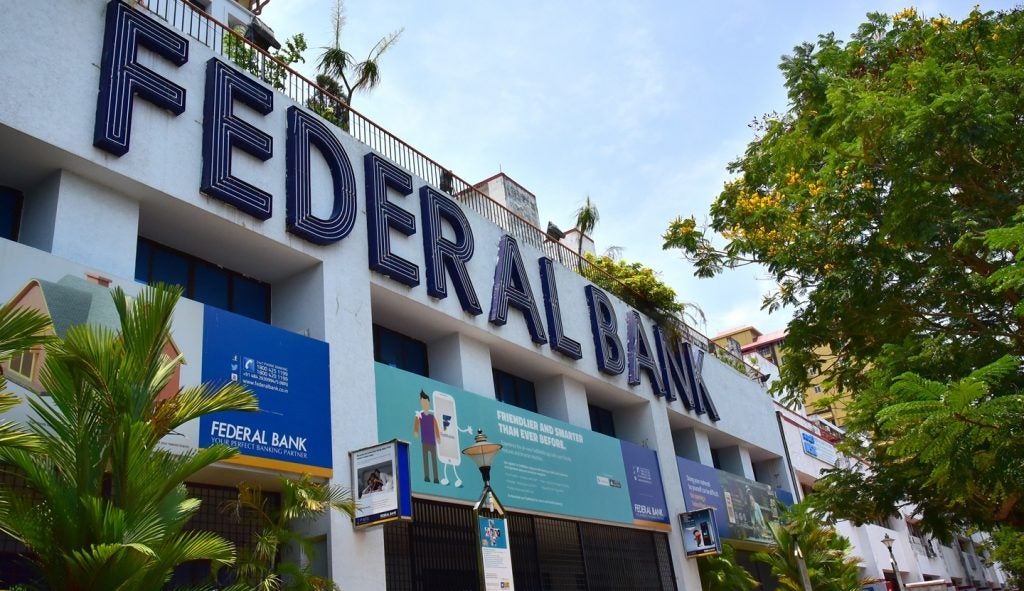The UK’s retail banking market has rebounded relatively
well and remained in the black in the second half of 2009, despite
being faced with margin losses and a reduction in fee income as
customer demand fell, according to a banking report from KPMG, the
professional services firm. Farah Halime reports.
In a new report, Banking Performance
Benchmarking Survey, professional services firm KPMG has
identified the retail arms of state-owned Lloyds Banking Group and
Royal Bank of Scotland (RBS) as making the biggest turnaround in
the second half of 2009, while HSBC dipped and Barclays remained
flat compared to the first half of the year (see
table).
Excluding Standard Chartered because its retail
presence is confined to the emerging markets, Lloyds, 41% owned by
the UK government, saw the biggest jump in earnings, from £360m
($550.7m) in the first half of 2009, to £1.02bn in the second
half.
But KPMG is quick to point out that Lloyds’
results may be flattered by the absence of Abbey, part of Spain’s
Santander, which is larger than the other three banks combined and
the non-inclusion of Barclay’s Barclaycard results.
Barclaycard reported a pre-tax profit of £761m
for 2009, 24% more than the Barclay’s UK retail banking profit of
£612m.
RBS, the majority state-owned bank, also posted
an improved second half performance, while Barclays’ year-on-year
retail results were “remarkably flat” and were only helped by a
one-off credit of £175m in the second half of 2009 as a result of
the closure of the UK final salary pension scheme to existing
members.

US Tariffs are shifting - will you react or anticipate?
Don’t let policy changes catch you off guard. Stay proactive with real-time data and expert analysis.
By GlobalDataHSBC’s slip in profits in the second half of
the year was down to higher impairment charges and increased
insurance claims.
But across the four retail banks surveyed, KPMG
asserted an “overwhelmingly positive” outlook driven by peaking
impairments, a “cautiously” improving UK economy and improved
margins.
The banks have also benefited from the ending
of the long running Supreme Court case on unarranged
overdraft charges, which ruled in their favour.
KPMG predicts a slow climb for retail banking
from the very low profits seen in 2009, although the firm said it
is unlikely 2007 levels will be achieved again “for many
years”.
The report also made a distinction
between the privately-owned banks included in the survey and the
government supported banks, making up a “twin-track” UK banking
system.
Although all banks, barring RBS, posted a
pre-tax profit for fiscal 2009, the report said HSBC, Barclays and
Standard Chartered had shown improved core profitability boosted by
returns in investment banking, while the public banks were in a
weaker position.
For KPMG, RBS managed better than its other
state-owned counterpart, Lloyds, by rebuilding its core capital
base with the benefit of the government’s asset protection
scheme.
Despite Lloyds’ strong retail performance in
the second half of 2009, the report said it is “bearing the burden”
of integrating HBOS and its Irish subsidiary, where impairment
losses stood at £2.94bn.
As a result, it was the biggest contributor to
the increase of impairment charges for the five banks surveyed;
total impairment charges jumped 53.4%.
In terms of total assets, each bank surveyed
followed an identical pattern, according to KPMG, with an increase
from 2007 to 2008 followed by a decrease of 23.5% from £7,613bn in
2008 to £5,821bn in 2009. This has partly been triggered by a fall
in customer demand.
But on an upbeat note, KPMG noted that
outstanding loan balances also dropped across all banks (excluding
Standard Chartered) because of the reduction in demand.
Cost-income ratio trends for 2007 and 2008 were
also reversed in 2009. This was driven by increasing revenues and a
focus on cost efficiency. KPMG said the five banks are
“significantly better capitalised than they were 12 months
ago”.
The report added: “2009 may be viewed as the
year after the storm passed through, with some repair work
completed. Although the banks are cautiously optimistic, the
economy remains fragile and it is hoped that the impact of any
aftershocks can be sustained.”









